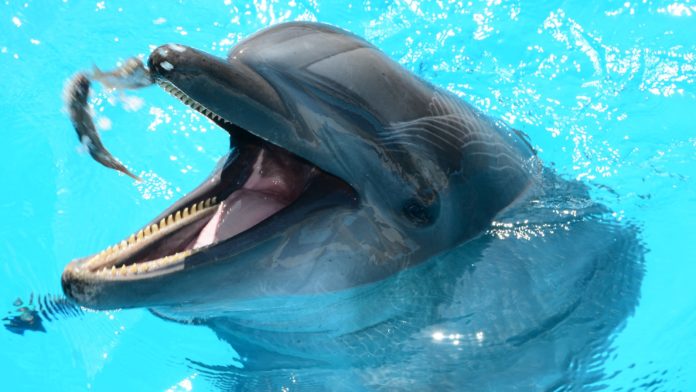Is it survival of the fittest, or the friendliest?
New research confirms that the social aspects of cetaceans – dolphins, whales, porpoises, and so on – are no cute little quirk. The research team put together a comprehensive database of brain size in over 90 species of cetaceans and found remarkable trends in communication, relationships and social hierarchies among other areas. Their analysis provides strong evidence linking the evolution of larger brains, also called encephalization, to the evolutionary demands of a hectic, underwater social life.
Speaking beneath the waves
Cetaceans offer a rare parallel to humans and primates in terms of neuroanatomical complexity; the brain of a sperm whale is roughly 60% more massive than that of an elephant. Humans developed advanced social-cognitive processes such as language, empathy, shared ambitions, group decision-making, and teaching out of our highly evolved primate brains.
For cetaceans, there were many similar behaviours observed in the data, such as complex alliances, social transfer of hunting techniques (including the use of tools), alloparenting, inter-species cooperation, play, and ‘signature whistles’ unique to each creature. Perhaps most incredible of all, there was evidence of vocalizations with regional dialects unique to cetacean populations the world over. At this rate, you might expect an invasion… if they had opposable thumbs, that is:
How we got here: The ‘Social Brain Hypothesis’
The theoretical basis of this study harks back to the Social Brain Hypothesis (SBH), which proposes that bigger brains are an evolutionary response to complex, info-heavy social environments. In a nutshell: to survive and flourish as a social species, it makes more sense to develop intimate relationships with fellow creatures, and to cooperate rather than brutally compete. Hence, there’s a need for a bigger brain to cope with increasing complexity. The hypothesis has previously been explored in primates, but it wasn’t until now that cetaceans were studied in the same way.
While primates and cetaceans have largely disparate evolutionary histories that diverged millions of years ago, their similar levels of neuroanatomical complexity make for a useful comparison. Researchers can study behavioural characteristics unique to each species and shared characteristics that evolved in parallel but different ways.
“Cetaceans have many complex social behaviours that are similar to humans and other primates,” says Canadian co-author Kieran C. Fox. “They, however, have different brain structures from us, leading some researchers to argue that whales and dolphins could not achieve higher cognitive and social skills.
“I think our research shows that this is clearly not the case. Instead, a new question emerges: How can very diverse patterns of brain structure in very different species nonetheless give rise to highly similar cognitive and social behaviours?”
Marine geniuses that check themselves out in the mirror?
If you’re a dolphin lover, you have a lot to look forward to with the upcoming installment in the Blue Planet series – it features some truly beautiful footage of dolphins at ‘play’. British viewers got an early look, but Canadian Netflix won’t see the release until 2018, so in the meantime, enjoy this self-awareness experiment with dolphins the BBC filmed a few years ago:










































